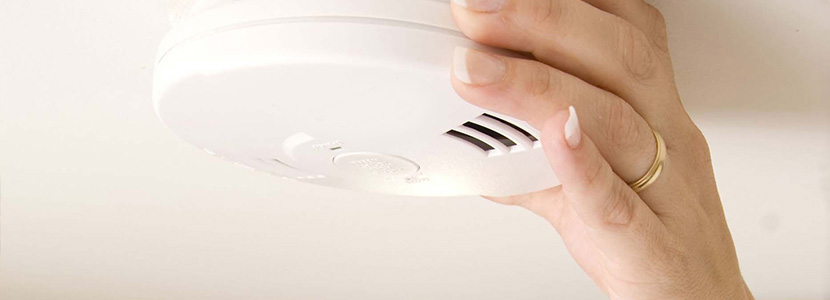The Common Causes of Fire
Before looking at which kind of smoke alarm is best for your home, it’s worth considering the common causes of household fires, and how to prevent them.
Cooking appliances, including some electrical appliances and wiring, were the cause of ignition in over half of the home fires in the UK during 2012 and 2013. This means that having a smoke alarm in your kitchen is a vital part of protecting your home. It’s also important to regularly monitor and maintain your smaller appliances, such as toasters and kettles, which can suffer from electrical faults and subsequent fires if left unchecked.
Although smoking materials (including e-cigarettes and matches) were the cause of ignition in just 6% of domestic fires, they were the cause of death in over a third of fatalities in accidental house fires. These types of fire commonly start in the lounge or bedroom, and often result in death by smoke inhalation rather than burns, so it’s important to have early warning even of slow, smouldering fires.
For maximum protection, try to fit an alarm in every room except the bathroom (as steam could accidentally trigger the alarm), but as a minimum houses should have at least one alarm per floor. Fit your alarms as close to the centre of the room as possible, but ensure they’re at least 30 centimetres from walls or light fittings.



